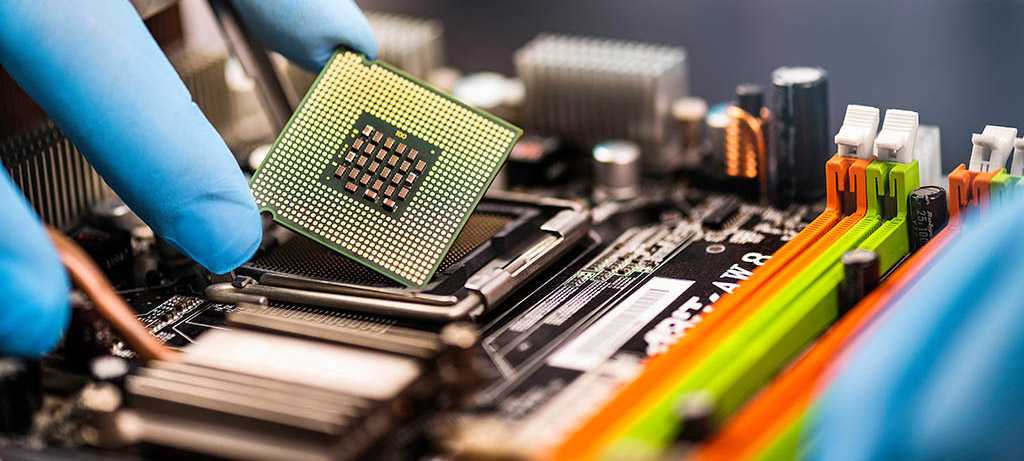How is Argon Gas Used in Electronics?
Argon gas → gas belongs to a group of elemental gases known as noble gases. All of the gases in this group (helium, neon, krypton, xenon, radon and argon gas) consist of atoms whose outermost “shell” of electrons is fully occupied. The result of this is that all of the noble gases are remarkably inert and resist chemical reactions, even with incredibly reactive substances.
This property of inertness (as well as being gaseous at room temperature) means the noble gases are extremely useful in electronics. In these applications, noble gases such as argon gas can be used to provide a protective inert environment for sensitive materials and components, preventing them from reacting with oxygen, water vapour and other gases in the air.
Among the noble gases, argon gas is by far the most common. Since it makes up around 0.9% of Earth’s atmosphere, argon gas can be readily obtained through the cryogenic distillation of air using liquid oxygen and nitrogen. As a result, argon is the most readily available noble gas, meaning argon gas is favoured for applications in electronics manufacturing wherever nitrogen doesn’t provide a high enough level of inertness.
Alongside its inertness, argon gas is also straightforward to ionise, making it valuable as a primary plasma gas.
Applications of Argon in Electronics
Argon gas is used to improve efficiency throughout many industrial processes in the manufacturing of electronics – but its main application area is in semiconductor fabrication. As semiconductor devices are incredibly sensitive to oxidation and the effects of water vapour, argon gas is used extensively to provide a dry, inert environment during silicon wafer processing. Argon plasmas are used in both deposition and etch reactions, and argon gas is also used in deep UV lithography lasers and as a cryogenic cleaning agent.1
Argon gas has numerous other applications throughout the electronics sector. Many passive components → must be fired during production to bind them to a ceramic board or on-chip components. Because this is carried out at high temperatures, argon gas is typically used as a protective inert environment to prevent unwanted reactions and enable effective bonding to the substrate.
Other applications of argon gas in electronics include the production of flat panel → displays and photovoltaics → modules. Argon is also used to pressurise LED enclosures to protect the opto-electronic circuitry and increase service life.2
Argon for the Electronics Industry
Air Products provides argon gas → in a wide range of supply modes, purity grades and mixtures for all electronics applications from high-volume applications to specialist high-purity use.
Where purity is critical, our ultra-pure BIP® argon → is unparalleled. Originally developed to eliminate problems in gas chromatography (GC) and inductively-coupled plasma spectroscopy (ICP), our BIP® argon gas offers impurity levels of less than 10 ppb for oxygen, 20 ppb for moisture and 10 ppb for total hydrocarbons. This makes it suitable for all analytical applications as well as for use in specialist electronics manufacturing such as advanced semiconductor fabrication.
For other electronics applications, we can provide argon at any required purity level and in supply modes to suit any business. Whatever your needs and geographical location, we can provide the most economical argon gas supply:
• In compressed canisters ranging from single cylinders to 300 bar manifold cylinder packs for light to moderate use.
• For medium volume applications, our CryoEase® service provides an easy compact cryogenic supply solution.
• For customers requiring the largest volumes of argon we offer bulk supply options either as a liquid in cryogenic bulk tanks, or as a gas in high pressure tubes, depending on your desired pressure, flow rate and operating pattern..
Whatever your requirements, Air Products can offer an argon gas → supply mode to suit your electronics application. Get in touch with a member of the Air Products team today to find out more about how we can help you.
References and Further Reading
- Tallents, G., Wagenaars, E. & Pert, G. Lithography at EUV wavelengths. Nature Photon 4, 809–811 (2010).
- OPTO-ELECTRONIC LED MODULES PRESSURISED WITH ARGON GAS. Setga | Outdoor Lighting Manufacturer https://setga.es/en/opto-electronic-led-modules-pressurised-with-argon-gas/ (2020).
